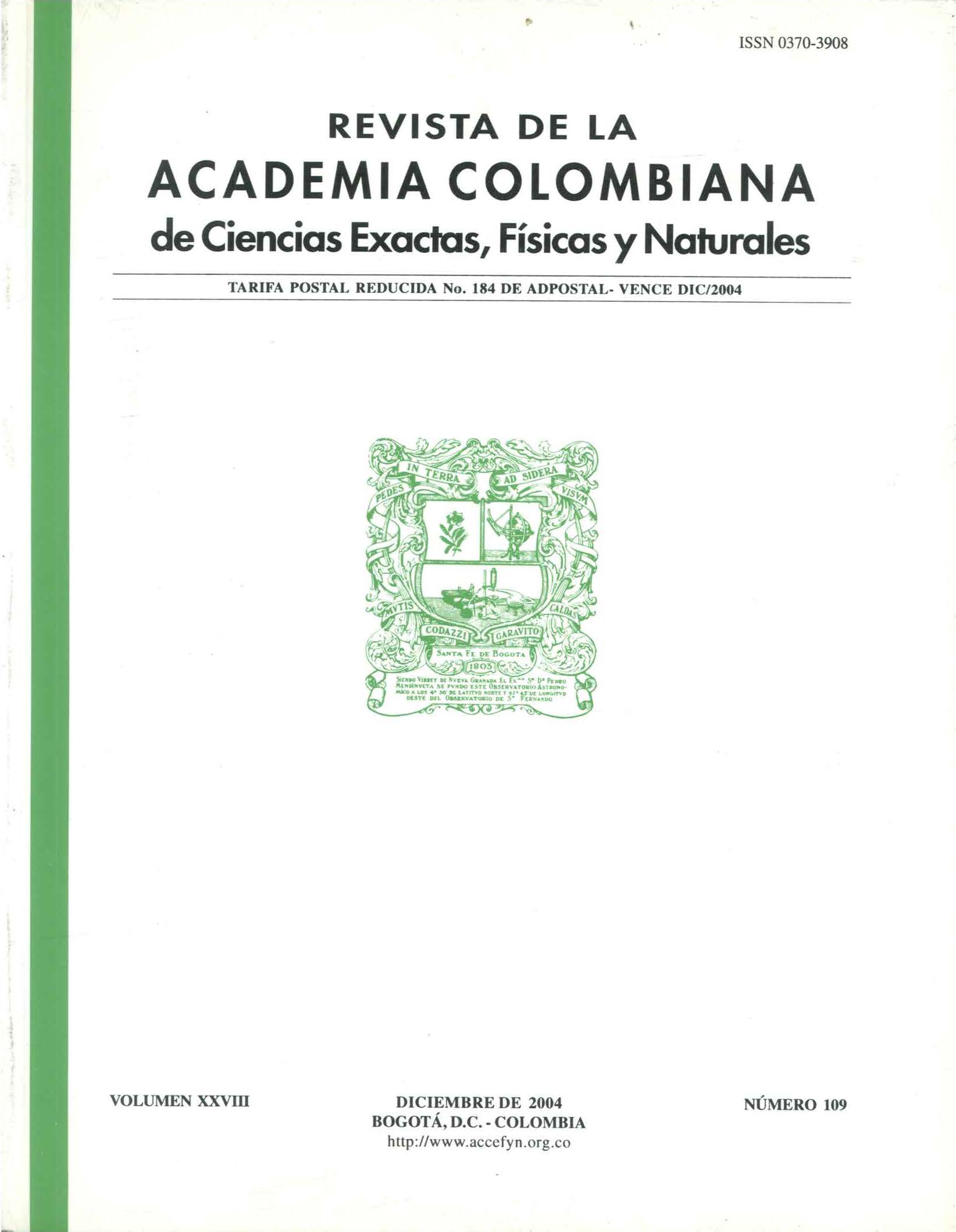Abstract
nfectious agents provide useful data, especially when identified from the mummified remains of humans and animals found in a particular archaeological excavation site. Precise information can be obtained about their evolutionary processes, phylogeny, geographical distribution and their hosts and reservoirs in the case of parasites. A clear idea regarding the contact which different civilizations or population groups could have had amongst themselves, their migratory movements and possible extinction can also be deduced when medical effects are integrated with archaeological data. Other sciences such as geology, osteopathology, chemistry, anthropology and molecular biology often can provide valuable additiona information. The latter science particularly has gained enormous ground during the last few years. Given its high level of resolution and sensitivity, it has become a very valuable ally for studies and analysis in the area of fossil DNA. Extraction and further amplification of fossil DNA from Trypanosoma cruzi isolated from human mummified bodies dated 9 000 years is reported.
Keywords
References
Aufderheide, A. 2003 The Scientific Study of Mummies. Published by the University Press,Cambridge, UK. 608 pp.
Avila, H. A., Sigman, D. S., Coohen, L. M., Milikan, R. C. & Simpson, L. 1991. Polymerase Chain Reaction Amplification of Trypanosoma cruzi kinetoplast minicircle DNA isolated from whole blood lysates: diagnosis of chronic Chagas´ disease. Mol Biochem Parasitol 48: 211-222.
Britto, C., Cardoso, M. A., Wincker, P., Morel, C. M., 1993. A simple protocol for the physical cleavage of Trypanosoma cruzi kinetoplast DNA present in blood samples and its use in polymerase chain reaction (PCR)-based diagnosis of Chagas disease. Mem Inst Oswaldo Cruz 88:171-172.
DeSalle, R., Gatesy, J., Wheeler, W. & Grimaldi, D. 1992. DNA sequences from a fossil termite in Oligo-Miocene amber and their phylogenetic implications. Science 257: 1933-1936.
Goldenberg, E. M., Giannasi, D. E., Clegg, M. T., Smiley, C. J., Durbin, M., Henderson, D. & Zurawski, G. 1990. Chloroplast DNA sequence from a Miocene Magnolia species. Nature 344:656-658.
Guhl, F., Jaramillo, C., Yockteng, R., Vallejo, G. A. & Cárdenas Arroyo, F. 1997. Trypanosoma cruzi DNA in human mummies. Lancet 349: 1370.
Guhl, F., Jaramillo, C., Vallejo, G. A., Yockteng, R., Cárdenas-Arroyo, F., Fornaciari, G., Arriaza, B. & Aufderheide, A. 1999. Isolation of Trypanosom cruzi DNA in 4,000-year-old mummified human tissue from northern Chile. Amer. Jour. Phys. Anthrop. 108: 401-407.
Hanni, C., Laudet, V., Sakka, M., Begue, A. & Stehelin, D. 1990. Amplification of mitochodrial DNA fragments from ancient human teeth and bones. C. R. Acad. Sci. (Paris) III. 310: 365-370.
Hawdon, J. & Johnston, S. 1995 Hookworm in the Americas: An alternative to transpacific contact. In : Proceedings of the II World Congress on Mummy Studies. Cárdenas-Arroyo F. & Rodriguez-Martín C. Ed. 207-211.
Herrmann, B. & Hummel, S. 1994. Ancient DNA: recovery and analysis of genetic material from paleontological, archeological, museum, medical and forensic specimens. Editors. Springer -Verlag New York Inc. 263pp.
Higuchi, R., Bowman, B., Freiberger, M., Ryder, O. A. & Wilson, A. C. 1984. DNA sequences from a quagga, an extinct member of the horse family. Nature 312: 282-284.
Madden, M., Salo, W. L., Streitz, J., Aufderheide, A. C., Fornaciari, G., Jaramillo, C., Vallejo, G. A., Yockteng, R., Arriaza, B., Cárdenas-Arroyo, F. & Guhl, F. 2001. Hybridization screening of a very short PCR products for paleoepidemiological studies of Chagas disease. BioTechniques. 30:102-109.
Pääbo, S. 1985. Molecular cloning of ancient Egyptian mummy DNA. Nature 314: 644-645.
Pizza, J. A. & Shenmore, H. 1954. Contribuciones a la arqueoparasitología en América. Boletín Chileno de Parasitología 9: 73-75.
Reinhard, K. J. 1998. Mummy studies in archeoparasitology. In A Cockburn, E Cockburn, TA Reyman, Editors. Mummies, Disease and Ancient Cultures, Cambridge University Press, Cambridge, pp. 377-380.

This work is licensed under a Creative Commons Attribution-NonCommercial-NoDerivatives 4.0 International License.
Copyright (c) 2023 Revista de la Academia Colombiana de Ciencias Exactas, Físicas y Naturales





